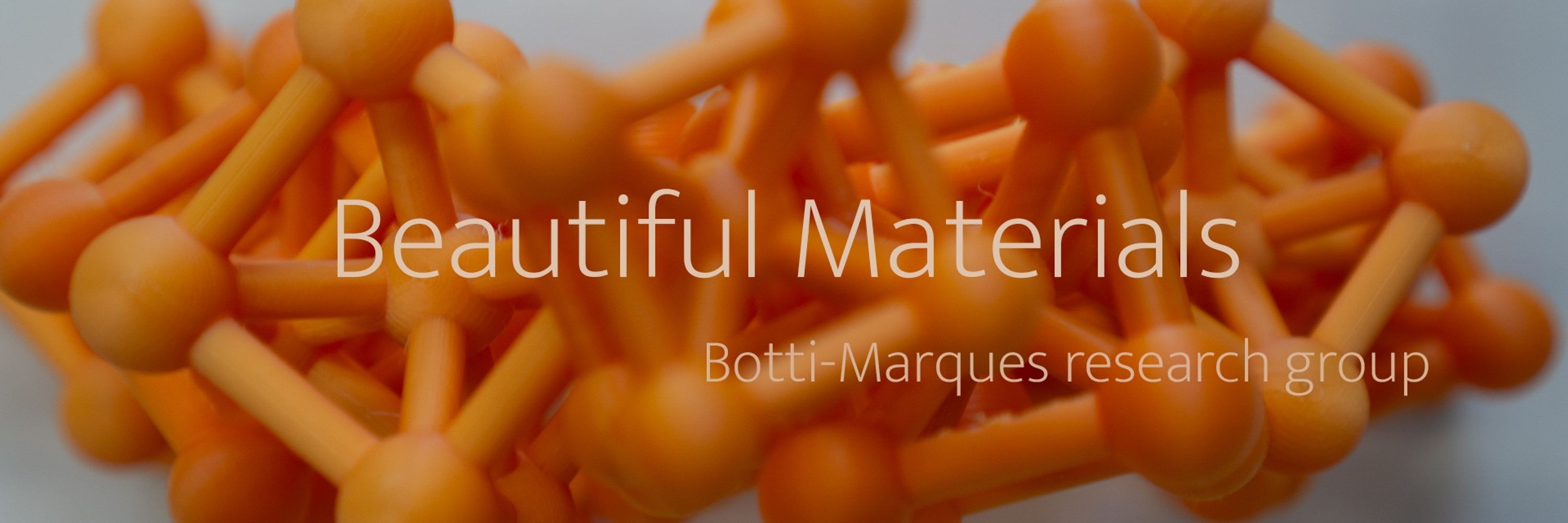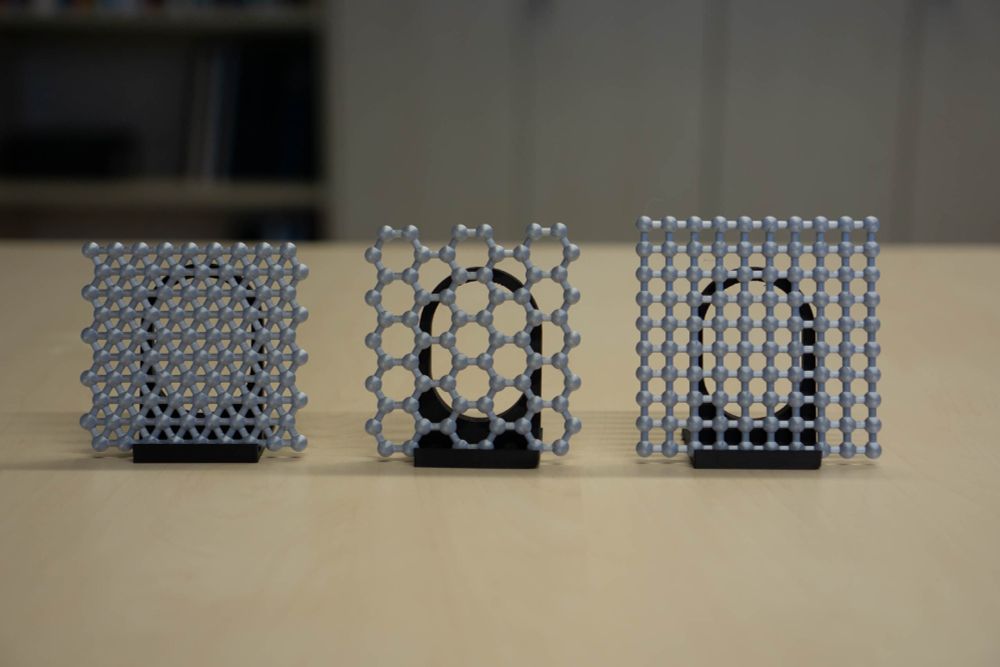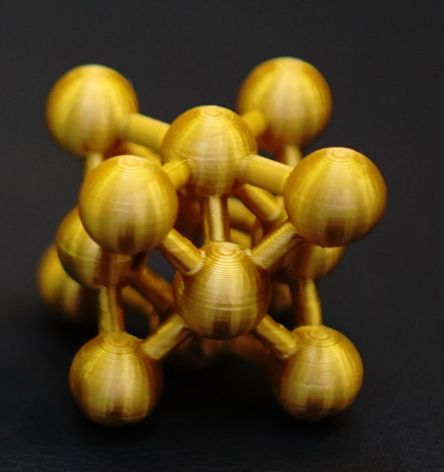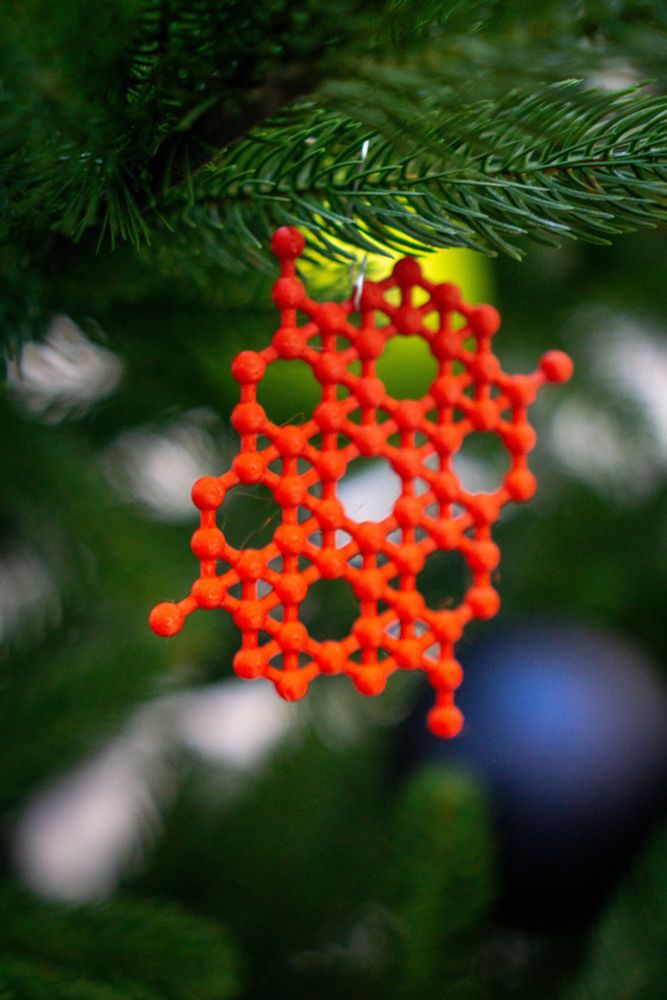
Ruhr University Bochum, ICAMS
RC-FEMS


These patterns are key to geometry, architecture, and—most importantly for us—materials science! 🏗️🔬
#3DPrinting #MaterialsScience

These patterns are key to geometry, architecture, and—most importantly for us—materials science! 🏗️🔬
#3DPrinting #MaterialsScience
🖨️ What we printed:
✅ 3 Regular (Platonic) Tilings – Made from a single polygon type: triangle, square, or hexagon.

🖨️ What we printed:
✅ 3 Regular (Platonic) Tilings – Made from a single polygon type: triangle, square, or hexagon.
Many applications:
- Expanding the Alexandria database 🏛️
- Designing materials with tailored properties 🔬
- Accelerating breakthroughs in energy storage & semiconductors
We’re just getting started!

Many applications:
- Expanding the Alexandria database 🏛️
- Designing materials with tailored properties 🔬
- Accelerating breakthroughs in energy storage & semiconductors
We’re just getting started!
- 8x more likely to generate stable structures than baselines (e.g., PyXtal with charge compensation)
- Fast: 1,000 novel structures/min ⚡
- Control over space group, composition, and stability
- Releasing 3 million compounds generated by the model 📥

- 8x more likely to generate stable structures than baselines (e.g., PyXtal with charge compensation)
- Fast: 1,000 novel structures/min ⚡
- Control over space group, composition, and stability
- Releasing 3 million compounds generated by the model 📥
We’re thrilled to share our latest work: “A Generative Material Transformer using Wyckoff Representation” 🌌
Discover Matra-Genoa – where AI meets Materials Science.
📄 Check out the pre-print: arxiv.org/abs/2501.16051
#AIforScience #GenerativeAI #MaterialsScience
We’re thrilled to share our latest work: “A Generative Material Transformer using Wyckoff Representation” 🌌
Discover Matra-Genoa – where AI meets Materials Science.
📄 Check out the pre-print: arxiv.org/abs/2501.16051
#AIforScience #GenerativeAI #MaterialsScience




Today, we’re exploring efficient atomic stackings. 🧵

Today, we’re exploring efficient atomic stackings. 🧵
📊 The tested models fall into 3 clear tiers:
- Tier 1: MatterSim (excellent)
- Tier 2: SevenNet, MACE, CHGNet, M3GNet (good)
- Tier 3: ORB, OMat24 (needs work for phonons)

📊 The tested models fall into 3 clear tiers:
- Tier 1: MatterSim (excellent)
- Tier 2: SevenNet, MACE, CHGNet, M3GNet (good)
- Tier 3: ORB, OMat24 (needs work for phonons)
⚠️ Surprising finding: ORB & OMat24 excel at geometry optimization but struggle with phonons. Why? They predict forces directly instead of deriving them from energy gradients. This leads to issues with the small atomic displacements needed for phonon calculations.

⚠️ Surprising finding: ORB & OMat24 excel at geometry optimization but struggle with phonons. Why? They predict forces directly instead of deriving them from energy gradients. This leads to issues with the small atomic displacements needed for phonon calculations.
Some models are already matching DFT accuracy (MatterSim) while others need work (ORB, OMat24)
Read here: arxiv.org/abs/2412.16551
#compchem

Some models are already matching DFT accuracy (MatterSim) while others need work (ORB, OMat24)
Read here: arxiv.org/abs/2412.16551
#compchem
⚠️ Surprising finding: ORB & OMat24 excel at geometry optimization but struggle with phonons. Why? They predict forces directly instead of deriving them from energy gradients. This leads to issues with the small atomic displacements needed for phonon calculations.

⚠️ Surprising finding: ORB & OMat24 excel at geometry optimization but struggle with phonons. Why? They predict forces directly instead of deriving them from energy gradients. This leads to issues with the small atomic displacements needed for phonon calculations.
Decorated with custom 3D-printed crystals and lattices, blending science and holiday cheer! Do you love it as much as we do?
Happy holidays!




Decorated with custom 3D-printed crystals and lattices, blending science and holiday cheer! Do you love it as much as we do?
Happy holidays!
We combine ab-initio methods and machine learning to design innovative materials for energy applications. ⚡
Follow us and repost 📢

We combine ab-initio methods and machine learning to design innovative materials for energy applications. ⚡
Follow us and repost 📢

